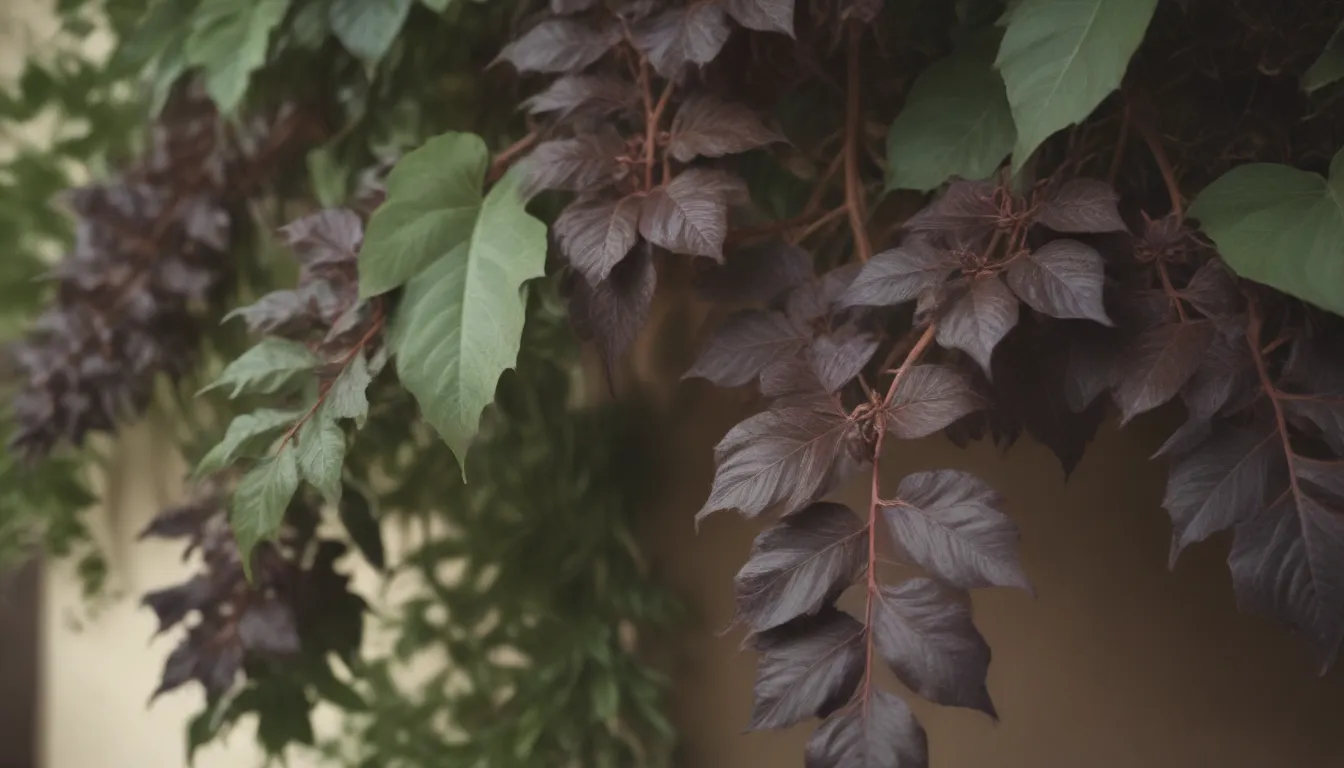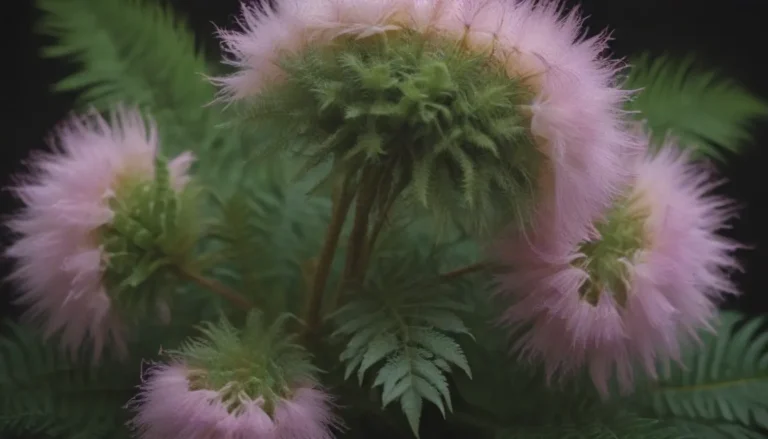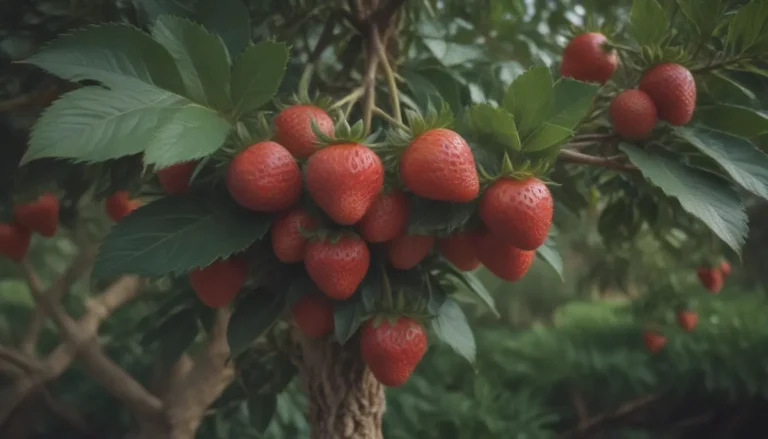Comprehensive Guide to Growing and Caring for Chocolate Vine

Welcome to our in-depth guide on how to grow and care for the exotic and captivating chocolate vine! Native to Asia and parts of North America, the chocolate vine is a perennial plant that will add a touch of unique beauty and fragrance to your garden. In this article, we will delve into the fascinating world of chocolate vine, covering everything from its characteristics and varieties to care tips and propagation techniques.
Introducing the Chocolate Vine
The chocolate vine, known for its rich purplish-brown blooms and delightful chocolate scent, is a standout among hardy perennials. Its glossy dark green leaves grow in clusters of five, with dangling three-petaled flowers that emerge in the spring. The vine’s fruits, resembling kiwi with tiny black seeds, make a unique addition to your garden. With rapid growth of up to 40 feet per season, the chocolate vine is a vigorous plant that requires proper care and attention.
Characteristics of Chocolate Vine
- Rich purplish-brown blooms with a delicate chocolate scent
- Oval-shaped dark green leaves growing in clusters of five
- Dangling three-petaled flowers in the spring, followed by fruit resembling kiwi
- Vigorous growth of up to 40 feet per season
Chocolate Vine Care Tips
Proper care is essential to ensure the health and vitality of your chocolate vine. Here are some important care tips to keep in mind:
Structure and Support
Unless grown as a ground cover, the chocolate vine will need a sturdy structure to climb on. Plant at least two vines for optimal pollination and fruiting. Consider the vine’s mature size when incorporating it into your landscape design, as it requires strong support for climbing.
Light and Location
While chocolate vine is shade tolerant, it thrives in full sun for the best flowering and fruiting. Aim for at least six hours of sunlight daily to ensure optimal growth and performance.
Soil and Water
Chocolate vine grows well in a variety of soil compositions but thrives in a mix of sand, loam, and organic matter with proper drainage. Provide weekly watering until vines are established, then water during drought periods to ensure they receive at least one inch of water per week.
Temperature and Fertilization
Chocolate vine prefers moderate temperatures between 55 to 85 degrees Fahrenheit. While it is a light feeder and doesn’t require supplemental fertilizer, you can mulch with compost or manure for trace nutrients. The vine will grow prolifically with minimal intervention.
Types of Chocolate Vine
There are several varieties of chocolate vine available, each with unique flower and foliage appearance. Some popular varietals include:
- Akebia quinata ‘Alba’
- Akebia quinata ‘Purple Bouquet’
- Akebia quinata ‘Rosea’
- Akebia quinata ‘Variegata’
Pruning and Propagating Chocolate Vine
Due to its vigorous growth habit, regular pruning is essential to keep chocolate vine in check. Pruning can be done in late winter by cutting back to ground level or throughout the season to maintain tidy growth. Propagation can be done through softwood cuttings for expanding your chocolate vine population.
How to Encourage Blooming
For a successfully blooming chocolate vine, ample sunlight is crucial. Ensure the vine receives enough sunlight and consider adding phosphorus-rich fertilizer or bone meal to enhance blooming. If the chocolate vine is invasive in your area, alternative flowering vines like clematis, passionflower, star jasmine, or cup and saucer vine can be great alternatives.
In conclusion, growing and caring for chocolate vine can be a rewarding experience for any garden enthusiast. With proper attention to its needs and characteristics, you can enjoy the beauty and fragrance of this unique plant in your own backyard. Remember to check with local authorities to ensure the chocolate vine is allowed in your area and follow our care tips for a thriving garden. Happy gardening!





